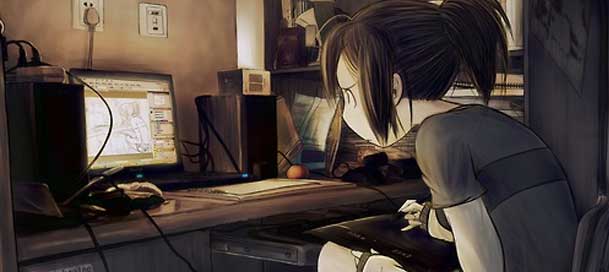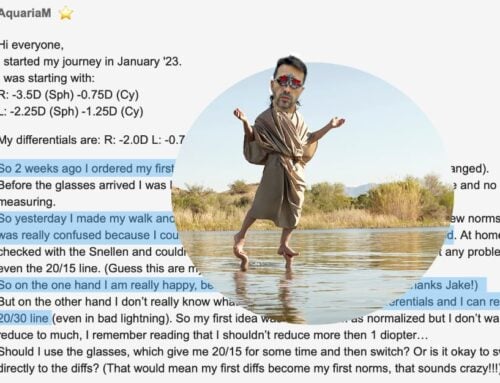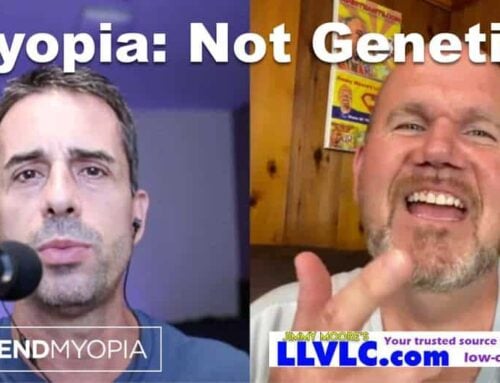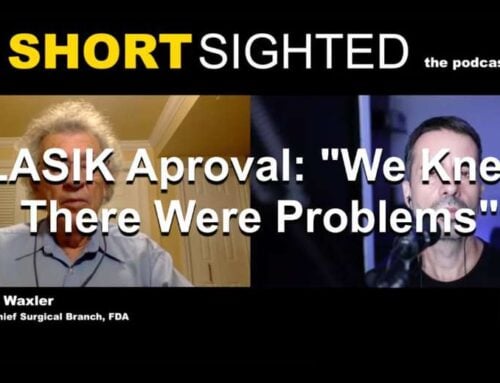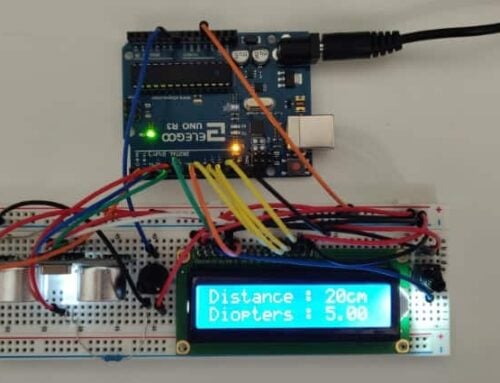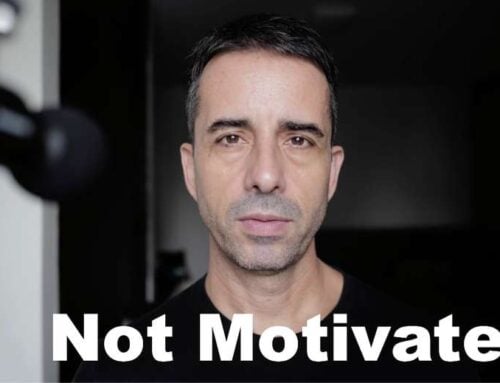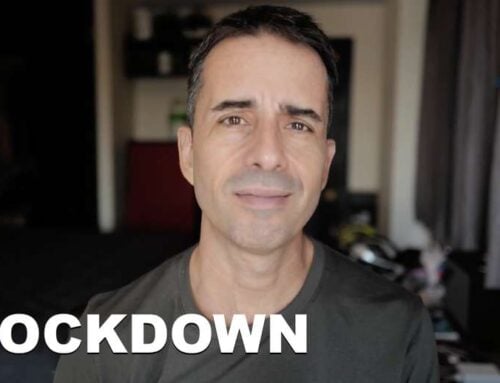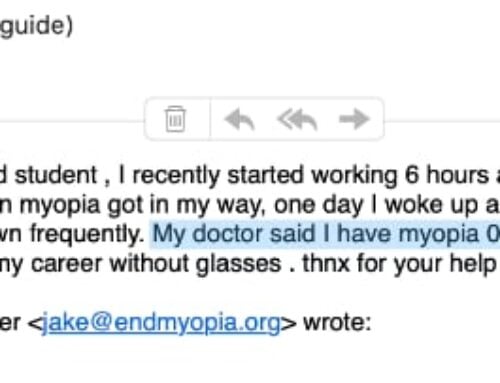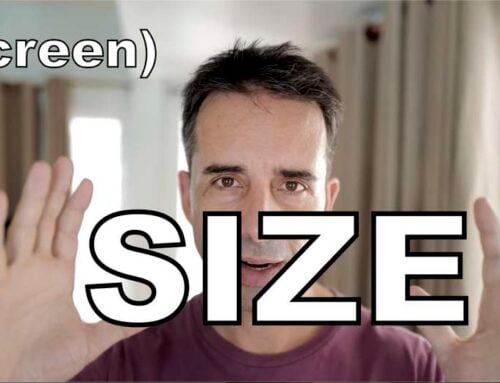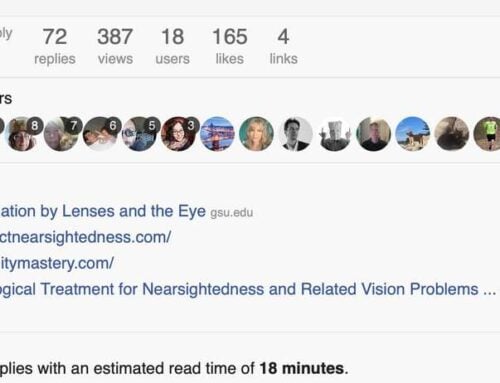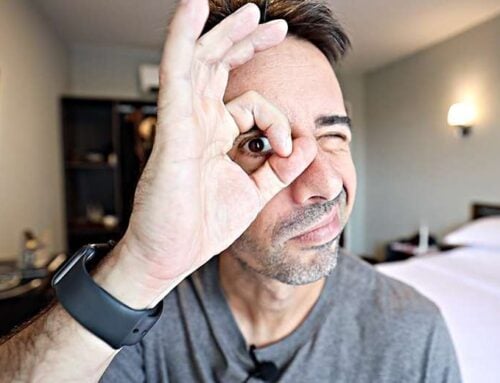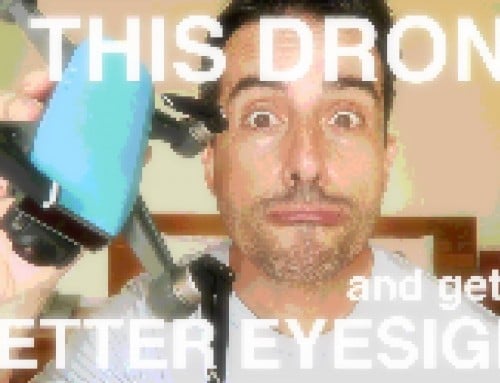There is a significant long term cost to the type of symptom-only treatment of many aspects of Western medicine.
Just today I spent some time making it through a client e-mail, which included a laundry list of secondary symptoms that took several pages to describe. If you imagine your myopia as a knot in the string of your health, you are working on untying that knot through rehab. Sometimes, when other aspects of health are ignored, and there is a predisposition genetically towards being sensitive towards these conceptual knots, you get more than one. Or two. Or a dozen.
You may end up with migraines and consistent neck pain and chronic inflammation and joint and tendon problems. Often we can trace back the line of knots on the string to it’s origin. Since my speciality is myopia, of course I tend to look towards eyesight’s role in all of this.
Let’s look at a common scenario:
Johnny (fictitious) is a child who loves to read. Being very young, he has short little arms, and books are heavy. So he is often laying on the floor, his head hovering just above the pages of the book. He might be at 15 centimeters for hours, enraptured by his reading.
His body has to support this unnatural position for hours on end, with a human head being quite heavy to be actively held, rather than balanced on top of the spine. Johnny continues this habit as he gets older. But now Johnny also has school, and homework. His body mechanics by this point are already primed for poor posture and and continues to adapt these throughout his reading and homework activities.
Youth can be very forgiving, for a time. A time long enough to build these habits that are difficult to break, and limited negative feedback.
Now Johnny is developing shortsightedness, as he is going through high school. This is causing him to squint and reflexively lean in towards objects. His posture continues to worsen, as he adopts a habit of leaning in to everything he is looking at. His neck muscles are straining to hold the weight of his head, muscles that are designed to stabilize primarily, rather than be pulled by this significant weight.
These knots in our health, they develop very very slowly.
By the time you have symptoms, there are years of bad habits behind them. Most doctors don’t bother to try to look back at the whole problem, but rather just treat the immediate symptom. You get glasses for your myopia. Painkillers for muscle pain. There is some attention finally towards body mechanics, though even that still ignores the impact of vision on the whole picture.
When Johnny is finally prescribed glasses to correct his myopia to infinity, nobody is correcting his posture habit. He is still leaning forward in his chair, creating a significant focal plane error and overcorrection in his vision. Still, the body and brain are willing to manage a lot of inefficiencies, before they begin to fail.
It’s not till Johnny has a significant myopia prescription years later, with high astigmatism and a notable difference between left and right eye spherical, that he begins to experience serious migraines.
Johnny at work.
Now, where do these migraines come from?
You get a whole lot of lofty conceptualizations from the natural and Chinese medicine folks. Western practitioners have other, “bad genetics” type of theories. But who goes and looks at the string and realizes that there isn’t one knot of migraines, but rather a dozen knots, going back twenty years, that finally resulted in what appears to be a single symptom, presumably related to a single problem?
By the time Johnny has these migraines, we have a whole lot of problems. We have a visual cortex that is unwilling to accept the overprescription for close-up and the completely unnatural bending of the light reaching the eye, this way and that, through the massively complex prescription. Everything about that signal is wrong.
At the same time, muscles abused for twenty years are finally beginning to experience failure. Every minute that Johnny leans forward is met by a symptom response that seems unreasonably excessive. Which it would be, if we don’t look back and see twenty years of abuse of the system.
How do you fix Johnny’s migraines?
Is there really a viable option besides working slowly and methodically towards undoing first all that strain and the rehabilitating all of the affected systems? Can Johnny’s failing system be fixed by pills or herbs or acupuncture, while continuing to assert the strain that created the collection of knots in the first place?
Of course this sounds easy and obvious. Hindsight, etc. But in practice it can be quite difficult to troubleshoot all the causes. It is often a painstaking process of trial and error, elimination, testing, and effort towards better habits.
Johnny has to pay for, in some symbolic terms, all that time of neglect. There is no way around reducing close-up time, getting involved in body mechanics improving exercise, in working out the knots in that massive prescription. You read me asking the question hundreds of times, in the forum. How is your ergonomic distance? Are you getting a blur horizon there? Are you staying at that distance?
It’s of course no coincidence that I ask these questions, even if sometimes I fail to reach back and explain all of my rationale. This, the hazard of having done this too long in my life already. Sometimes I’m short and obscure in my reasoning.
Johnny is an extreme case. But so often things go back to eyesight (and posture). Once the child is squinting, that string is already getting tangled. It’s no knot yet, but it’ll become one if the parents go down the road of prescription, rather than close-up habit correction. Once there is squinting, there is leaning in. Once there is leaning in, there is imbalance with the head position on the spine. And once there are glasses, the rest is just a question of how much the body will tolerate.
I see some clients going down the road of finding the causes and getting a bit into hypochondriac territory. Once you are looking for symptoms, you might find them (even if there really aren’t any). It’s good to find practitioners you can trust, who won’t sell you down a path of permanent dependence and fear. There are lots of simple habits that help work out these issues. An hour of Yoga, five days a week. Getting a handle on diet, with tangible data including blood tests. And of course, healthy eye habits, all day, every day!
And if you are Johnny, to any degree, be kind to yourself. Habit changes are hard. Blaming oneself is easy. Just now, getting away from this page, going outside for half an hour, that’s worth considering. Pulling some focus. Placing emphasis on improvement, rather than previous failure. Saying yes, I do have the right prescription for close-up. Yes, I push focus. Yes, I am getting better about recognizing and using the blur horizon.
Little things we can do every day. Undo the knots, by affecting habits, one small step of awareness at a time.
Enjoy!

